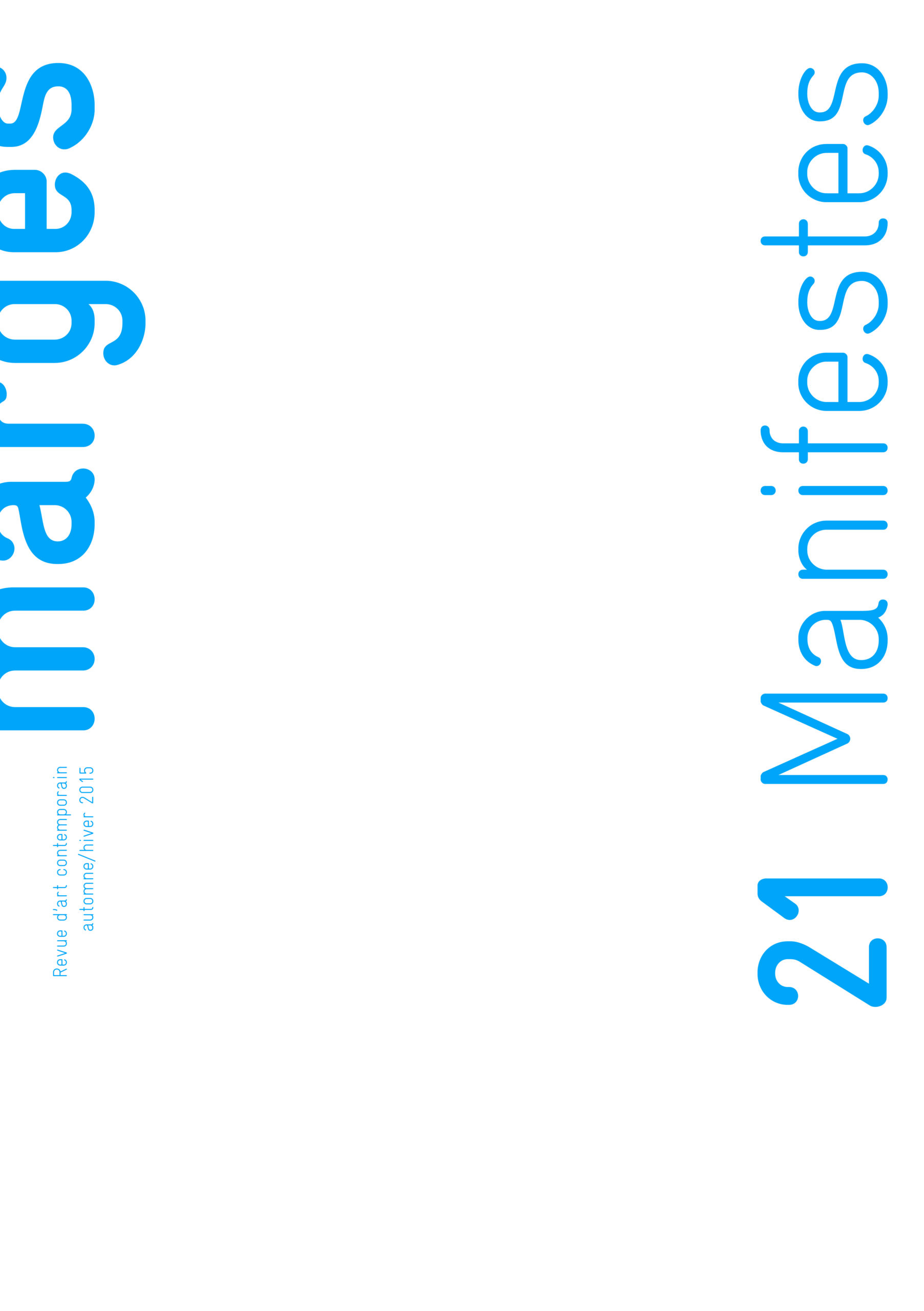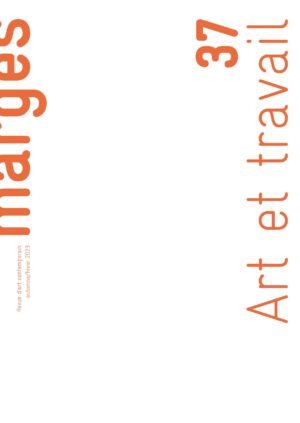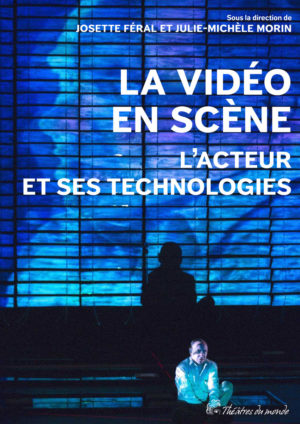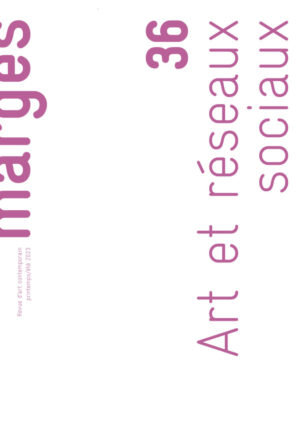« Comprendre les manifestes du cinéma moderne : vers une définition contemporaine du politique »
Raphaël Jaudon
Si les films modernes sont pour la plupart demeurés à l’écart de l’engagement politique, ce n’est pas le cas des nombreux manifestes qui les ont accompagnés. Il faut lire dans cet écart la marque d’une politisation détournée, inadéquate aux catégories de la pensée partisane de l’époque. À partir de cette situation inédite, cet article propose trois pistes d’analyse, qui sont autant de modalités d’identification du politique au cinéma.
« Le manifeste à l’écran : entre la Nouvelle Vague et Dogme 95 »
Carlos Tello
En s’intéressant à La Nouvelle Vague et à Dogme 95, cet article dresse les portraits de deux différents manifestes cinématographiques. Le concept de manifeste est conçu sous une acception élargie et polymorphe, et comprend non seulement la déclaration écrite, pour Dogme 95 ; mais aussi des cas atypiques comme un article de presse et un film, pour la Nouvelle Vague. En soutenant l’idée selon laquelle le manifeste constitue le cœur de ces mouvements, nous y proposons une analyse de ces deux façons d’interpréter le métier de réalisateur et leur contexte historique, mais aussi de réagir.
« Quand l’exégèse d’un texte lui confère un statut manifeste »
Anne Le Tallec
Allan Sekula, Martha Rosler, Fred Lonidier et Phel Steinmetz constituent un groupe de photographes actifs à San Diego de 1969 à 1977. Échappant à toute codification, ce groupe s’envisage comme un groupe de travail plutôt que comme un collectif artistique. Pourtant, Sekula rédige en 1976 un texte aux airs de manifeste qu’une analyse contemporaine de l’historien de l’art confirme comme le manifeste d’un groupe l’autorisant à intégrer l’Histoire de l’art sous le nom de Nouveau Documentaire Social.
« Et l’Europe sera étonnée… de Yael Bartana — entre manifeste esthétique et esthétique du manifeste »
Ewelina Chwiejda
L’article se focalise sur le projet socio-artistique de Yael Bartana Et l’Europe sera étonnée… comme une sorte de manifeste artistique et politique particulier. L’œuvre de l’artiste israélienne, abordant la question complexe des relations judéo-polonaises d’après-guerre, constitue un mélange très original d’esthétique du manifeste, d’esthétique totalitaire et de kitsch. Le mouvement constant de significations et l’ambiguïté inscrits dans chaque partie de ce projet, qui ont beaucoup contribué à la grande popularité de l’œuvre, mais aussi incité des critiques ardentes, seront également l’objet de cette étude.
« Manifestes à la carte : Serpentine Gallery Manifesto Marathon (2008) »
Viviana Birolli
Organisé en 2008 par Hans Ulrich Obrist et Julia Peyton-Jones, le Serpentine Gallery Manifesto Marathon voit soixante-dix personnages du monde de la culture se confronter avec l’idée d’un manifeste pour le XXIème siècle. L’article s’interroge à la fois sur le statut de cette manifestation et sur les cinquante-deux manifestes lancés dans l’espace de dix-huit heures, proposant quelques axes critiques pour aborder les évolutions récentes du manifeste artistique – entre performance et réflexion, action et rétroaction.
« Les squats d’artistes comme manifeste social et artistique »
Vincent Prieur
Le mouvement des squats d’artistes, qui se développe depuis le début des années 80 dans le contexte du foncier rare et cher des grandes métropoles françaises, prend la forme d’un manifeste social et artistique en multipliant discours et actions revendicatives. A l’écart des réseaux marchands, c’est avec peu de moyens que les artistes-squatters installent et gèrent des espaces de vie, de création et de diffusion artistiques, ouverts à l’expérimentation. Le succès de ces lieux alternatifs suscite l’intérêt des institutions culturelles qui légalisent les occupations temporaires de certains collectifs.
« Nathalie Quintane : “Nous”, le peuple »
Eric Lynch
Dans ses livres Tomates (2010) et Les années 10 (2014), Nathalie Quintane aborde la thématique de la politique et emploie une forme littéraire proche de l’essai. Ceci marque un tournant chez une poète qui a témoigné à une certaine ambivalence envers la théorie et l’écriture explicitement politique. Nous nous interrogeons sur les modes critiques employés par Quintane et ses débats avec Jean-Luc Nancy autour de la notion de la communauté et Jean-Paul Curnier autour de la question du peuple.





